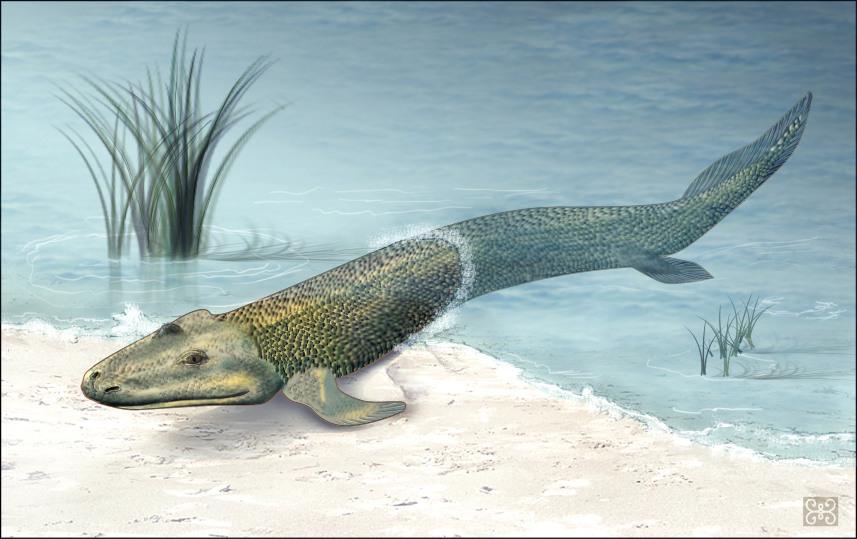Science can also guide you when it comes to testing vaccines. Now that several coronavirus vaccine candidates have reached the stage of phase 3 clinical trials, it seems like a good time to talk about how such trials are designed to provide the most possible information in the least amount of time. You can read about earlier phases in the process, but know that phase 3 is the big enchilada: the test of whether the vaccine protects people under normal, everyday circumstances.
The phase 3 trial of the first U.S. vaccine candidate, called mRNA-1273, developed by Moderna, Inc., is beginning this week and is slated to last for two years. Researchers are hopeful, though, that enough information will be gained in just three to four months to justify beginning to administer the vaccine on a mass scale.
This particular phase 3 trial will enroll 30,000 participants. Half will be given two doses of the vaccine, 28 days apart. The other half will receive shots containing a placebo. The participants will be carefully followed for two years, with regular blood tests to check for antibodies against the virus. Participants who become infected will be followed to determine the severity of their symptoms.
Phases 1 and 2 were designed to demonstrate that the vaccine was safe and that it stimulated an immune response. Phase 3 is designed to determine efficacy—that is, whether that immune response actually protects you from catching the disease. Efficacy is measured as the “percent reduction in incidence (of disease or infection) among the vaccinated” as compared to the unvaccinated. For example, if you give the vaccine to 100 people and a placebo to 100 people and none of the vaccinated people get the disease and all of the placebo recipients get the disease, the measured efficacy is 100%. But if 50 people from each group become infected, the measured efficacy is 0%.
In the real world, such clean-cut results—and such high infection rates—are unlikely. That’s why phase 3 trials need to be so big, and why mRNA-1273 in particular is being tested with 30,000 people.



